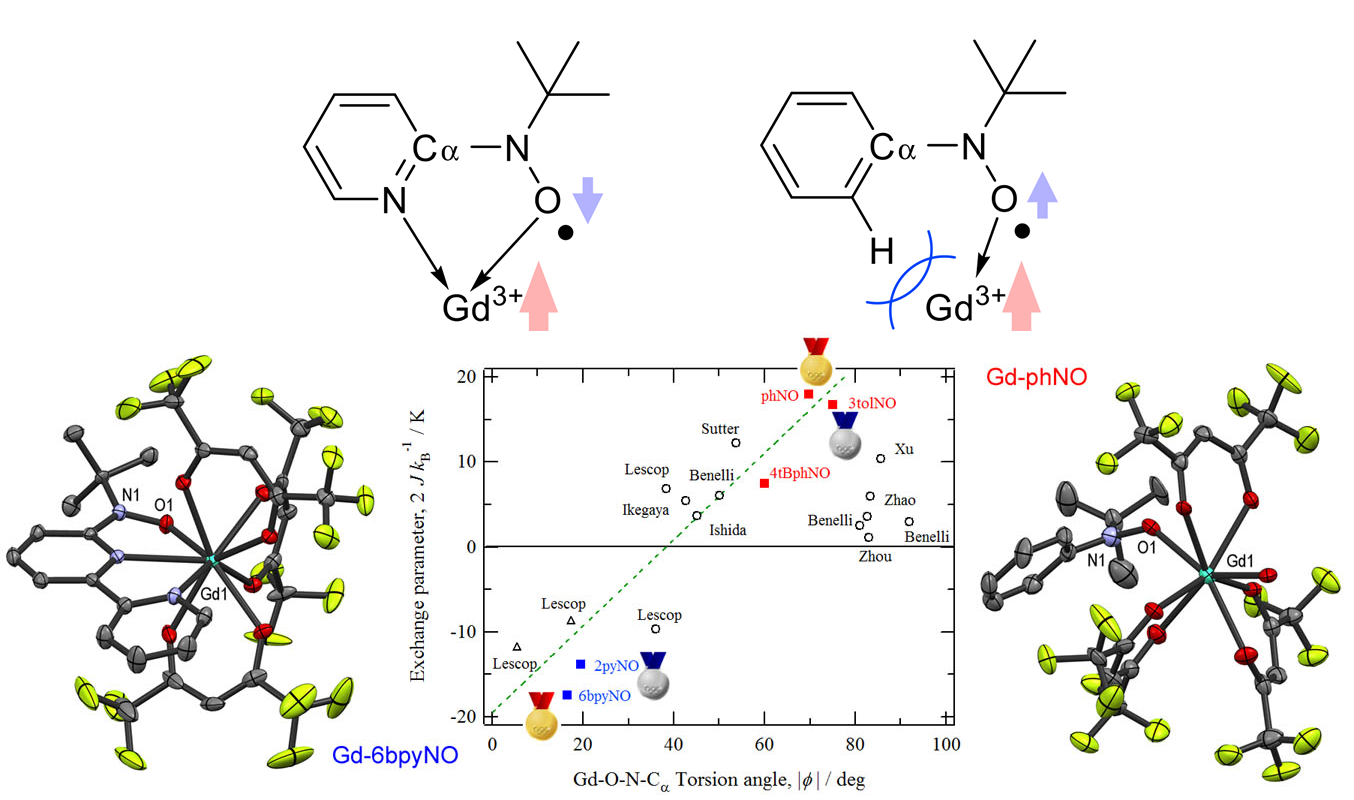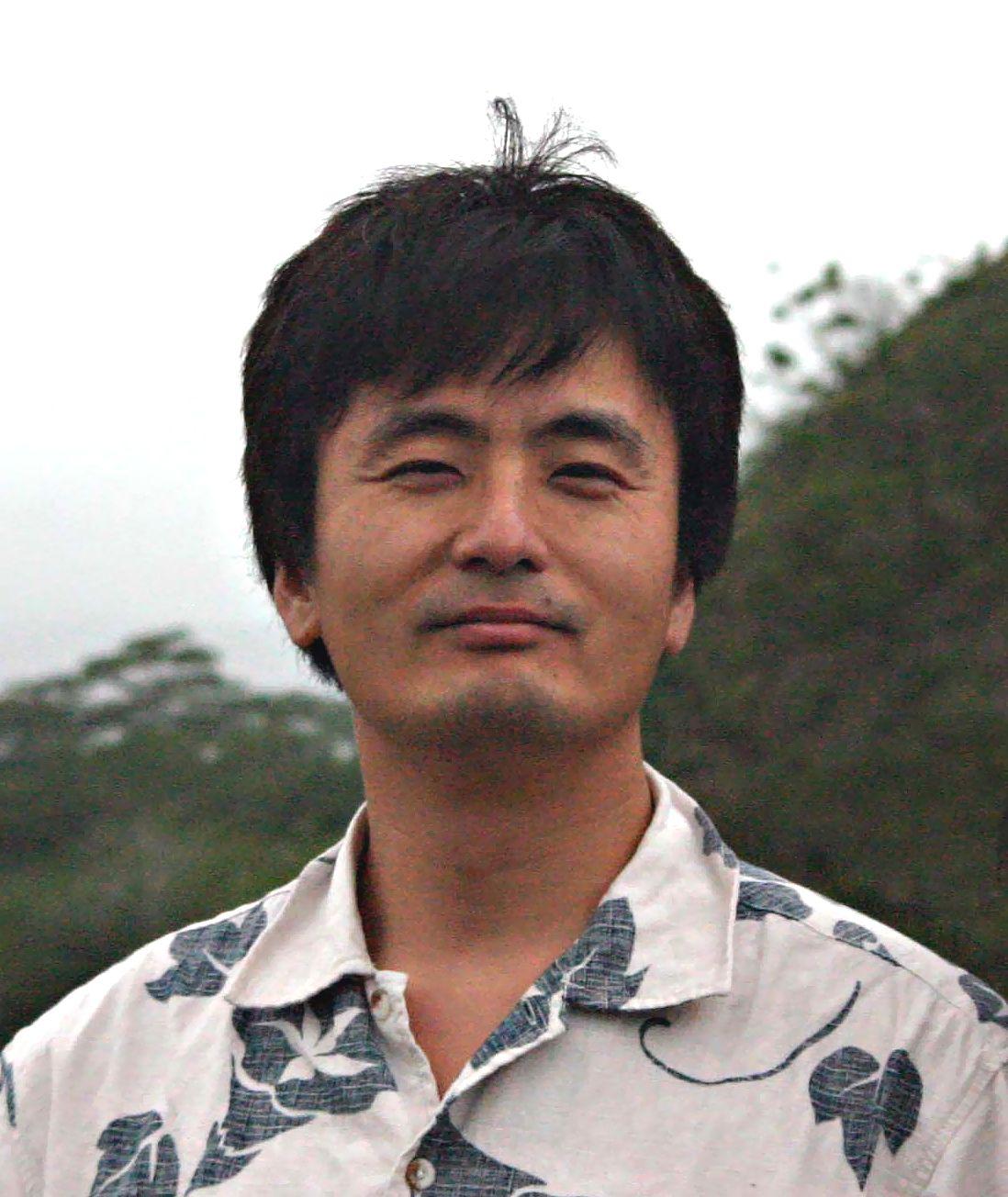December 2016 Issue
Topics
Attraction of complex chemistry: Quest for innovative single-molecule magnets
Professor Takayuki Ishida
Department of Engineering Science, Graduate School of Informatics and Engineering
"I am a molecular/crystal designer", says Professor Takayuki Ishida, at the Department of Engineering Science, Graduate School of Informatics and Engineering, University of Electro-Communications. "My research started by trying to answer the question: 'can organic materials be magnetic?' My policy for research in order to answer this question has been: chemical and physical properties must be predictable from structures, and molecular and crystal structures must be designed for target properties."
Professor Ishida is focused on three main areas of research: spin science in materials chemistry; resolving unknown aspects of lanthanoid periodicity; and innovative technological applications of lanthanoid elements. Ishida is one of the pioneers in synthesizing ferromagnetic organic compounds--materials that were thought to be diamagnetic before this discovery.
"My group holds the record for the strongest ferro- and antiferromagnetic couplings in lanthanoid(III)-nitroxide compounds," explains Ishida. "This follows the success of our approach focused on the metal−radical approach with large out-of-plane torsion between lanthanoid and radical groups for synthesis of molecular magnets" [1]. This discovery is extendable to other metal ions and particularly important to meet demand for alternatives to Nd-Fe-B magnetics incorporating rare earth elements, that are expensive and in short supply.
Such lanthanoid complexes are expected to have many industrial applications including media for storing data, as well as novel luminescent single-molecule exploiting the light emitting properties of lanthanoid complexes.
Ishida hopes that his research will add a "new page to chemistry books" as research has led to in depth knowledge about lanthanoid ions, in particular the exchange coupling interaction with organic radicals.
Further information
Takayuki ISHIDA Laboratory
http://www.uec.ac.jp/eng/research/introduction/opal-ring/0000392.html
Ishida Lab (Japanese)
http://ttf.pc.uec.ac.jp/
-
[1] Takuya Kanetomo, Toru Yoshitake, and Takayuki Ishida, Strongest Ferromagnetic Coupling in Designed Gadolinium(III)−Nitroxide Coordination Compounds, Inorganic Chemistry, 55, 8140−8146 (2016).
DOI: 10.1021/acs.inorgchem.6b01072




